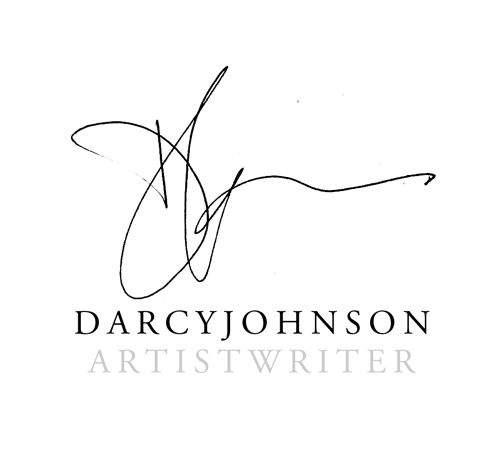SciArt Residency Blog Post #4: SketchbookLab Book Questions
After an interesting Skype call with Yana and Kate my brain is buzzing with ideas. We talked about the legal constraints of lab books for scientific purposes versus the freedom and consequent privacy of artists’ sketchbooks. This led into other questions we have discussed previously about the role of imagery in science or art and the importance of visual material for clarity, accessibility, aesthetics, engagement and persuasion. All of these aspects of visual “information” I hope to think and write about at some point. Since Yana and I decided to use this conversation as a jumping off point for our individual blogs...let’s see what happens.
As I leaf through my sketchbook, looking for insights, I keep returning to the idea of sketchbooks as the private realm of an artist. Sketchbook images and their role in the artistic process are very different from exhibited artwork that is meant to be responded to by the viewing public. Yana pointed out that labbooks are part of the public record of scientific research and in that way have legal and practical constraints and requirements. I am sure that this is also an interesting window into the differences between scientific and artistic inquiry. My paintings are finished works that have a fairly well defined process and are meant to be displayed in a public setting such as Stillness.
“Stillness” by Darcy Elise Johnson, acrylic on canvas, 30” X 30”
My larger paintings and drawings are more purposeful than sketchbook images because they culminate from a number of ideas and often even merge different images together. Even when they are fast and expressive, like Machine below, my paintings are based on lots of experimentation in my sketchbook first.
“Machine” by Darcy Elise Johnson, acrylic on canvas 36” X 36”
At my last art show, a number of people asked about my sketchbook work of faces that I sometimes post on Instagram (darcyelisejohnson). I do not develop these drawings into public work because they are a spontaneous attempt to capture personal feelings and expressions as an insight into the human psyche. Because of the transience of mood and emotion, these drawings are done intensively and quickly. The images pass away as quickly as they come. They are difficult to translate onto a large ground while maintaining their freshness and purpose.
There is likely another reason that I do not exhibit or develop these images. They are deeply personal and somewhat raw. Some artists use that type of imagery to evoke empathy and curiosity about the human condition. For me, the two sides of my art reveal the two sides of me. The thoughtful, abstract thinker that keeps emotion at bay while harnessing its passion for newness and discovery. The other side reveals a troubling emotional life that I also have to control. I suffer from clinical depression that began in my teens and set my life on its trajectory. So, I am attracted to science because it requires that we recognize and set aside some of our less objective experiences and rely on the quantifiable, systematic observations and analysis. Art making allows both sides of my personal experience a voice...albeit at times, a very private voice, in my sketchbook.
“Gaze” by Darcy Elise Johnson, water media and ink on paper
“Blind” by Darcy Elise Johnson, water media and ink on paper
“Charm” by Darcy Elise Johnson, water media and ink on paper
“Hard Truths” by Darcy Elise Johnson, water media and ink on paper
“Cover Me” by Darcy Elise Johnson, water media and ink on paper
“Looking Out” by Darcy Elise Johnson. water media on paper








